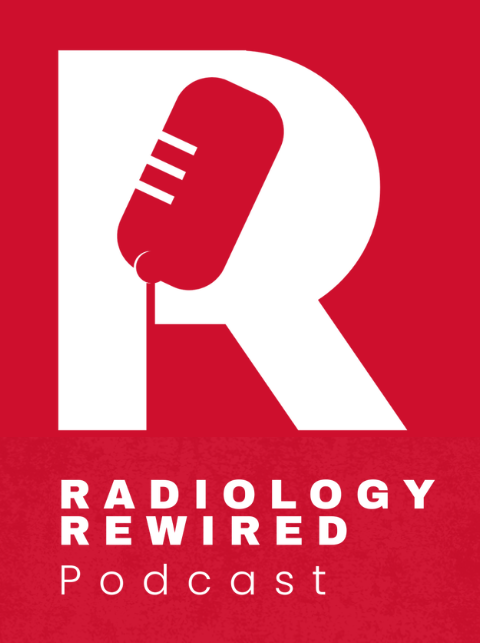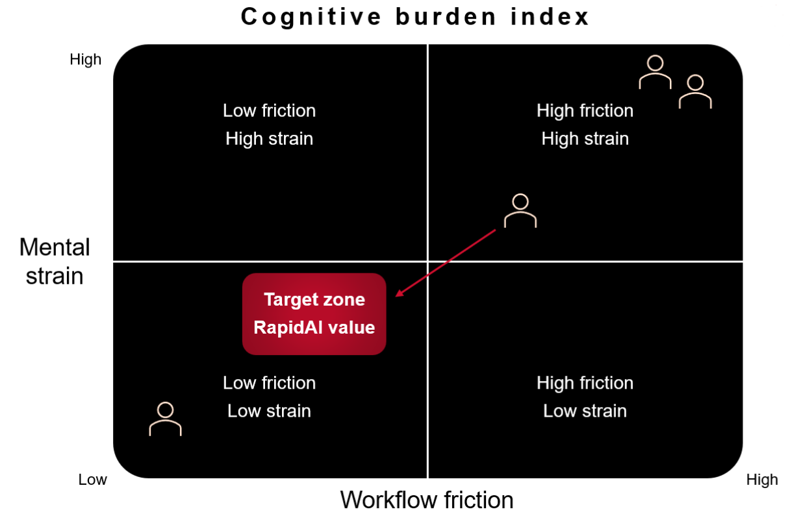A retrospective, observational, clinical cohort study conducted by Melissa J Visser and co-authors showed that it is feasible to use Rapid’s automated perfusion-diffusion imaging software to determine the mismatch characteristics in childhood acute arterial ischemic stroke (AIS).
The study was published in Stroke.
Key takeaways:
- Rapid software detected the ischemic core in 19 patients
- Three children who were imaged at 3.75, 11-, and 23.5-hours following stroke onset had favorable mismatch volumes
- In patients where Rapid software did not detect the ischemic core, manual segmentation showed that the apparent diffusion coefficient (ADC) value was higher than the set threshold.
Children with acute AIS have limited treatment options. The challenges in treating childhood AIS include delayed diagnosis and a lack of sufficient studies to determine the safety and efficacy of advanced treatment options.
Additionally, more studies are needed to understand the evolution of childhood AIS, penumbra characteristics, the relationship between time and imaging, and determine the optimal imaging parameters for endovascular thrombectomy (EVT) in childhood AIS.
This study was carried out to understand if perfusion-diffusion mismatch for patient selection would be feasible for childhood AIS. The study also analyzed the relationship between time, imaging, and ADC values, to understand the utility of segmentation thresholds in imaging.
Study criteria
Children aged one month to 18 years who were admitted to the Royal Children’s Hospital in Melbourne between 2005 and 2014 and diagnosed with unilateral acute AIS were considered for the study. To be included in the study, they must have also undergone diffusion-weighted imaging and dynamic susceptibility contrast magnetic resonance perfusion within 72 hours of stroke onset.
Study description
Twenty-nine children fit the inclusion criteria. Twenty-six had unilateral middle cerebral artery occlusion, and 3 had unilateral cerebellar occlusion.
The median age was 8, and the median pediatric NIHSS score was 4. The median time to imaging was 13.7 hours.
Perfusion-diffusion mismatch was estimated using Rapid software.
Favorable mismatch profile was defined as core volume <70 mL, mismatch volume ≥15 mL, and a mismatch ratio ≥1.8. Ischemic core was defined as ADC <620×10−6 mm2/s and hypoperfusion as Tmax >6 seconds.
It is feasible to assess perfusion mismatch volume using Rapid software in childhood AIS patients.
Rapid software detected the ischemic core in 19 patients. Three children imaged at 3.75, 11-, and 23.5-hours following stroke onset had favorable mismatch volumes.
In patients where Rapid software did not detect the ischemic core, manual segmentation showed that the ADC value was higher than that of the set threshold due to small infarct size (<3.5mL) or delayed time to imaging (median > 21 hours).
Future prospective studies are needed to understand penumbra characteristics and perfusion image-based selection of childhood AIS patients for EVT.

